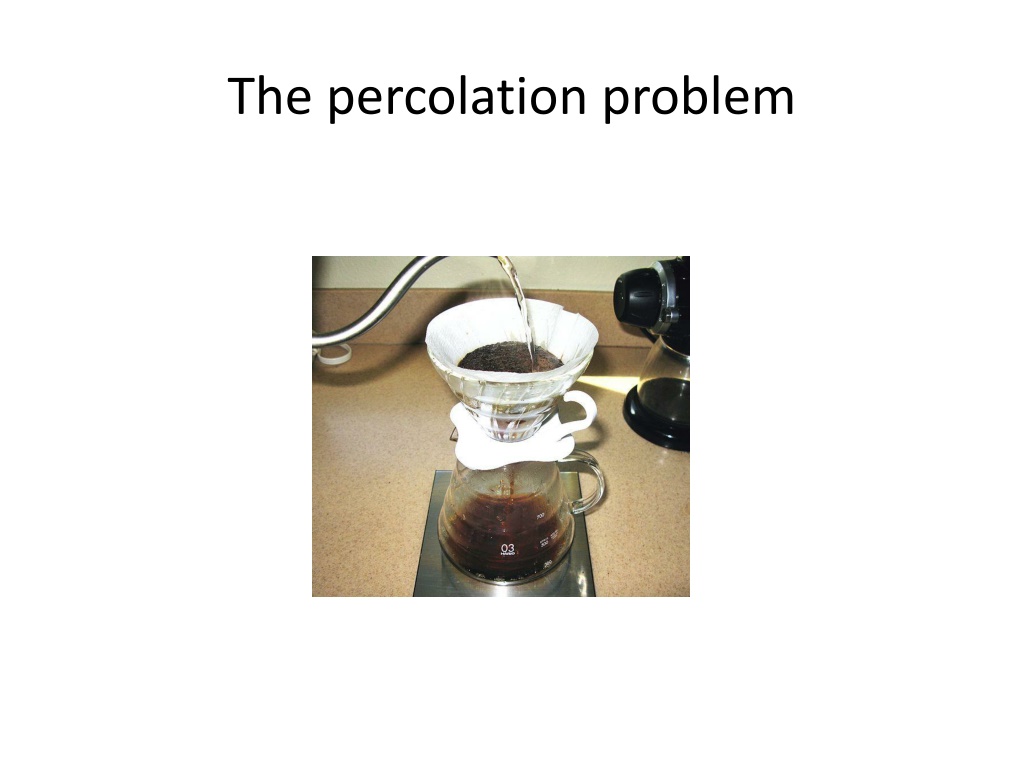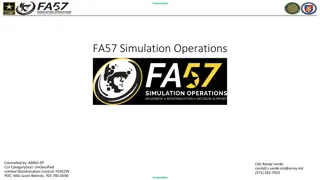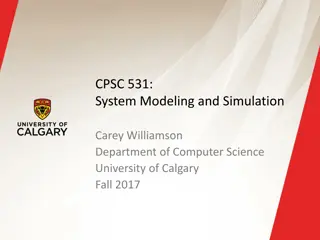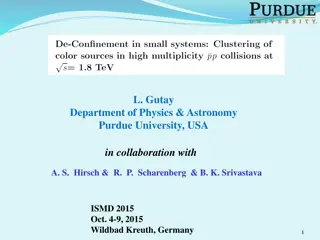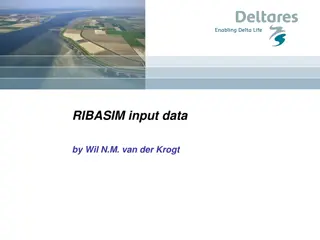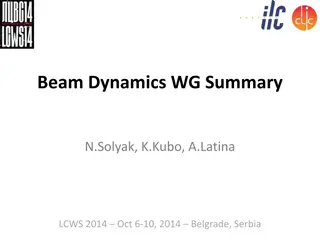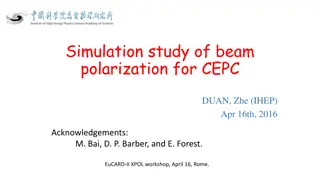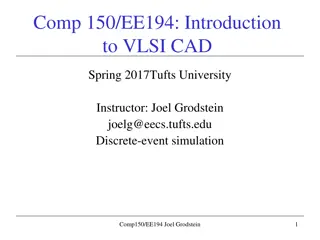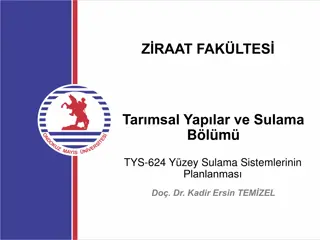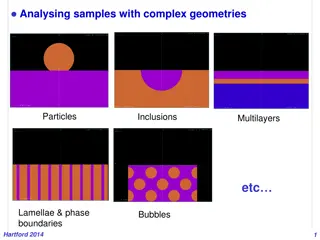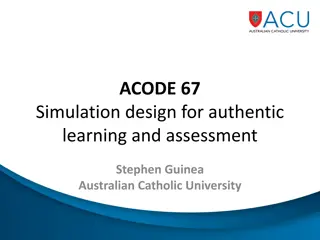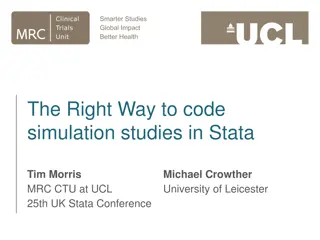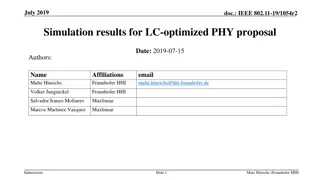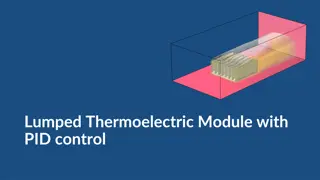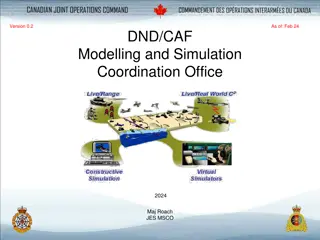Percolation Theory: The Problem, Simulation, and Techniques
Explore the concept of percolation through the problem, simulation methods, and estimation techniques for critical percolation threshold. Learn about the percolation phase transition, cluster labeling techniques, and more to delve deeper into this fascinating area of study.
Download Presentation

Please find below an Image/Link to download the presentation.
The content on the website is provided AS IS for your information and personal use only. It may not be sold, licensed, or shared on other websites without obtaining consent from the author.If you encounter any issues during the download, it is possible that the publisher has removed the file from their server.
You are allowed to download the files provided on this website for personal or commercial use, subject to the condition that they are used lawfully. All files are the property of their respective owners.
The content on the website is provided AS IS for your information and personal use only. It may not be sold, licensed, or shared on other websites without obtaining consent from the author.
E N D
Presentation Transcript
What is the problem? 2 0 1, open/closed, true/false, conducting/insulating 0 1, p p 0<p<1 clusters Ta clusters lattice sites lattice bonds
Site or bond percolation site bond
Percolation focus on largest cluster only size increases abruptly at the critical point system goes through a phase transition from insulating to conducting 2ndorder phase transition, H=0
2 max N m = ' I I av av 2 p
How can we estimate pc? several techniques have been developed square lattice (site percolation) pc =0.5927 cannot be proven analytically square lattice (bond percolation) pc =0.5000 simple cubic(site) pc =0.3116 simple cubic (bond) pc =0.2488 pc strongly depends on the lattice type the more nearest neighbors, the lower the pc
Cluster Multiple Labeling Technique (CMLT) sweep the lattice from one end to the other for every cluster that appears give a different index number everytime 2 clusters join, they become one cluster brute force method: go back and merge the index numbers of the 2 clusters into 1 index number only. Need to sweep entire lattice CMLT method: need only a single sweep for the same job Invented by Hoshen (1976), called Hoshen-Kopelman algorithm
What happens when 2 clusters coalesce we need to add the 2 sizes into 1 we change the label of the index, but NOT the index itself Before the joining: L(1)=1, L(2)=2, L(3)=3 .. ______________________________________ After joining: L(3)=2
http://kelifos.physics.auth.gr --->courses --->percolation
Achlioptas process developed in 2010 new method of preparing the system use probe sites and fill lattice in such a way as to delay the criticality
Many different variations Sum or product Allow the largest or the smallest Attraction or repulsion
Summary: percolation Old problem Most useful paradigm in phase transitions (similar as Ising model) CMLT was first method, now many more Very useful in many-many different fields Problem is solved, but new variants emerge
